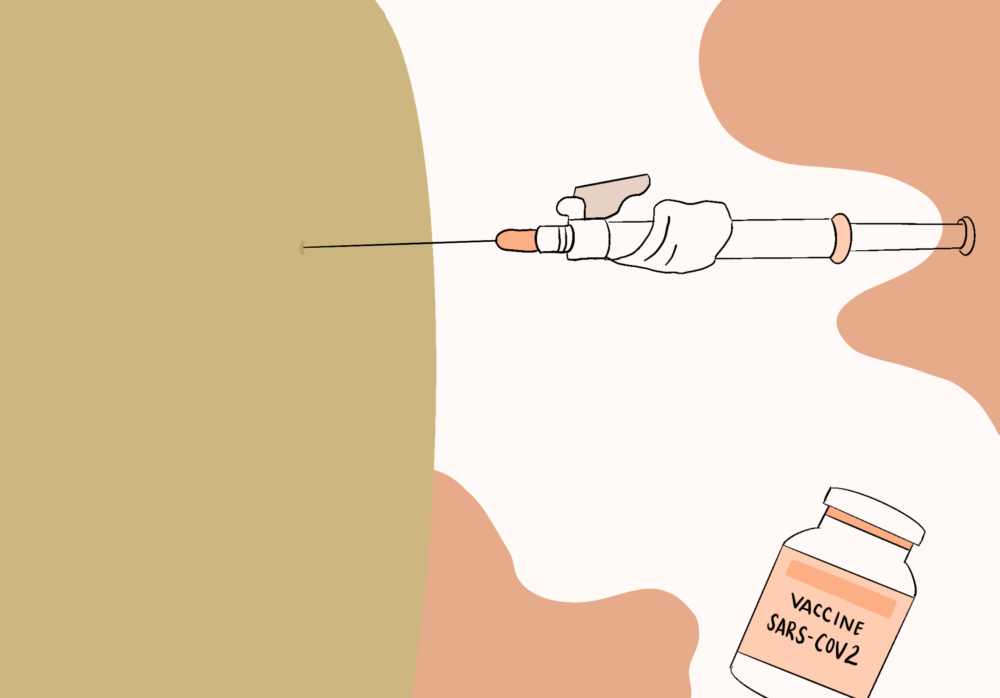
By Arden Nguyen
Hundreds of COVID-19 vaccines are in development around the world in a race to counter the spread of the SARS-Cov-2 virus, which has infected millions and killed thousands. Compared to typical vaccine production and testing, trials are moving much more quickly than usual.
The first step of vaccine studies, called preclinical testing, is carried out on cells and then animals. Next, humans are tested in Phases 1, 2 and 3, with each level introducing more people to the vaccine. Phases do not have to be consecutive and can be merged to accelerate testing. Finally, a vaccine will need approval before it is manufactured for use.
So far, only vaccines in Russia and China have received early approval for production and use, although their effectiveness and safety are up for debate.
For the rest of the world, a global initiative known as COVAX could be the answer. Its goal is to work on multiple COVID-19 vaccines and make sure all participating countries are given equitable access to them. One nation who has passed up the opportunity is the U.S., due to the involvement of the World Health Organization, with whom President Donald Trump has clashed in the past.
In the U.S., the government effort referred to as Operation Warp Speed (OWS) is funding several vaccine candidates and treatments. According to the U.S. Department of Health and Human Services, the aim of OWS is “to produce and deliver 300 million doses of safe and effective vaccines with the initial doses available by January 2021.”
Four OWS candidates have entered Phase 3 testing, sparking hopes that a vaccine will soon be ready for widespread access.
Johnson and Johnson is the latest of these to start a final study of its vaccine, involving 60,000 participants in several countries. Each person will be given one dose, while Moderna, AstraZeneca/University of Oxford and Pfizer/BioNTech require two for their volunteers.
Trump has repeatedly claimed that a vaccine will be ready in the next few months, which is being seen as an attempt to boost support for reelection. Experts are skeptical, as vaccines require thorough testing and review.
Johnson and Johnson’s vaccine could be finalized and approved by the Food and Drug Administration by early next year, but will most likely be distributed to healthcare workers first before the general population. A more realistic expectation for a widely accessible vaccine would be mid-2021. It all depends on whether the trials demonstrate effectiveness and how fast the vaccines can be produced and delivered.
Despite all the progress, there have been some issues with testing.
In early September, AstraZeneca put its study on hold after a participant became seriously sick, which is normal protocol for vaccine trials in order to identify possible side effects. The trials were later allowed to continue, but only in the UK and Brazil.
Problems involving the distribution of vaccines could also arise.
Many of the vaccines would have to be kept at low temperatures (some even below freezing) for long periods of time while they are shipped. Although vaccines have been successfully transported at the necessary temperatures in the past, the urgency and scope of the COVID-19 pandemic are bound to complicate matters. Other factors of transport could also present difficulties, from a scarcity of dry ice to the fragility of glass vials.
For more information, visit the Milken Institute’s tracker, which details the current phase and methodology of not only vaccines but also treatments for COVID-19.





